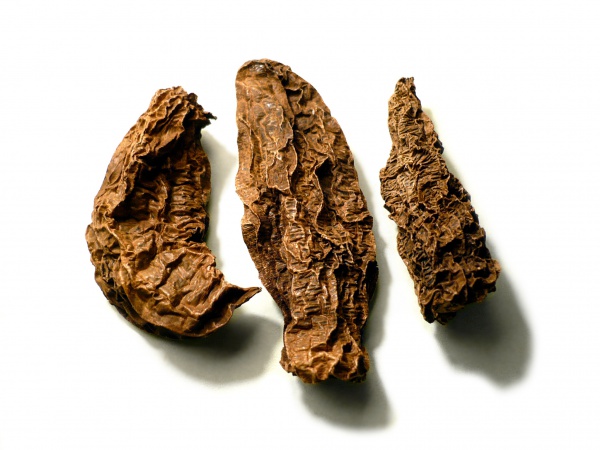Facts About Chipotle
A chipotle is a smoke-dried, ripe jalapeño chili pepper that serves as a staple in Mexican and Mexican-inspired cuisine. It is often available in various forms, such as chipotles en adobo. Its heat level is comparable to other peppers like the Espelette, Guajillo, Hungarian wax, Anaheim, and even Tabasco sauce.
The process of making chipotles involves smoking red jalapeños over six days at controlled temperatures, typically using pecan wood. While traditional methods employed open-oven setups, some producers now opt for large gas dryers. The goal is to remove most of the moisture, imparting chipotles with their distinctive smoky flavor. Remarkably, it takes about ten pounds of fresh jalapeños to produce just one pound of chipotles. Although other peppers like bell or serrano can be smoked and dried, red jalapeños remain the preferred choice.
The history of chipotles is deeply rooted in early Mesoamerican food preservation techniques. The name "chipotle" derives from the Nahuatl word "chīlpoctli" meaning "smoked chili." There are different varieties of chipotles, such as morita and meco, with meco being prized for its smokier taste. Additionally, there is the chipotle grande, a larger version with a similar flavor but a higher price tag. Chipotles can be found in forms such as powder, flakes, whole pods, or canned in adobo sauce.
In the kitchen, chipotles impart a mild, earthy heat to dishes. They are popular in salsas, marinades, barbecue sauces, and stews. When ground with spices, they create an excellent adobo. Slow-cooking helps to fully develop their flavor, but you can also toast, soak, or add them directly to soups, stews, beans, and eggs. Their smoky spiciness adds a delightful depth to a wide variety of dishes.

 Belize
Belize